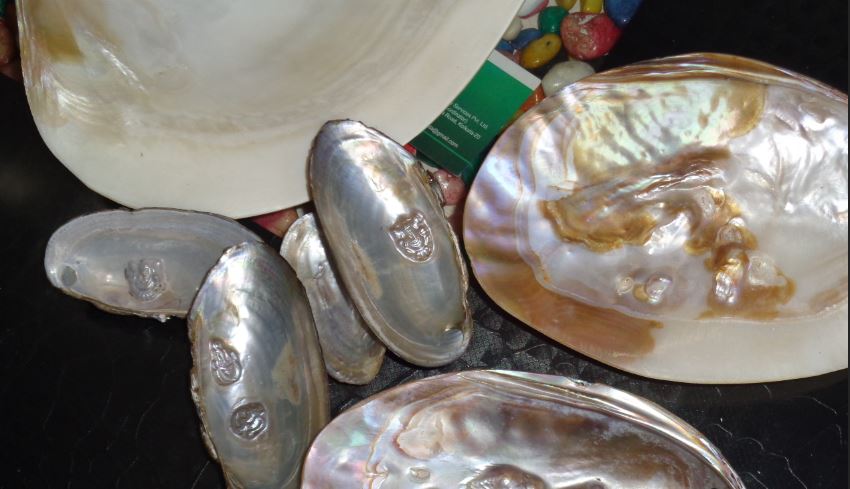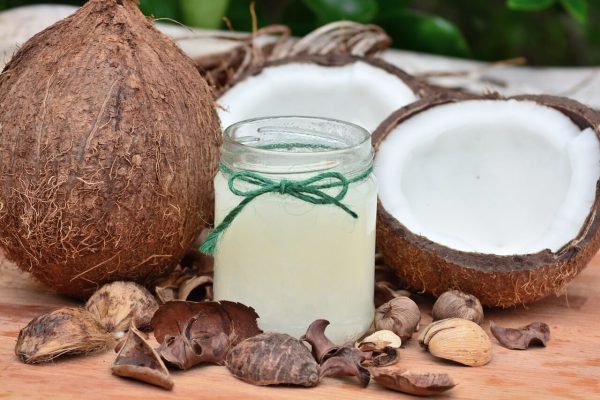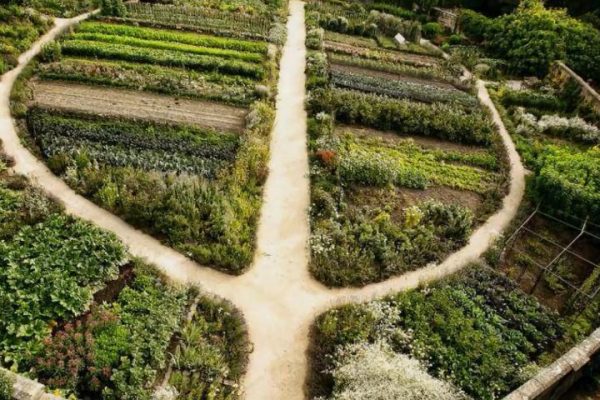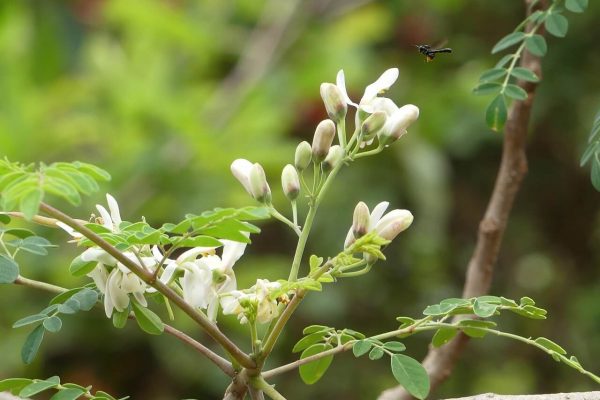
Farming of pearl oysters has done in different countries throughout the globes. However, the major section of production is restricted within some specific countries. Starting from the 1st phase of 20th century, this pearl farming has become an industry dealing with billion dollars revenue and profit.
Beginning from the production to reach up to a harvesting stage a quality pearls are mainly taken multiple years, several procedures and stages for reaching at a finishing point. According to researchers, socio-economic and ecological factors are found to be two key parameters for processing high categorized cultured pearls.
On another side, in recent times people are showing their interest towards freshwater pearl farming. In that case, pearls are cultivated in the farm by utilizing freshwater mussels.
It has also found that mussels are treated as one of the major organic host; therefore those pearls would get a shape of almost ten times larger than saltwater oysters, grown up naturally. Under this method the entire cultivation stages need comparatively low advanced technical skills than farming of ocean pearls.
This facility would aid to cultivate the pearls easily and also make them less costly than other pearls and also increases the worth of freshwater pearls. The quality or grade of these pearls can be examined by involving a system which aids in pearl grading, although it will be mainly depend on the surface area of luster, shapes, color and matching of the pearls. Here, pure pearls can be cultivated from this pearl farming.
In recent time, the tendency of farming is increasing very fast. According to market researchers pearl farming is highly profitable for any country, especially country like India. “Pearl farming” needs minimum range of labor and it is highly profit gaining business becoming an extra resource of livelihood.
This pearl farming can be done within a 10810 ft. small pond also. After digging a pond or water body, one would collect oysters or shells from nearby water body or purchase it from local suppliers at a nominal rate. This rate may vary from one market to another market, although the generalize rate be Rs 5 against each piece.
The main and essential species that utilized for the cultivation of pearls are:
Corrianus
Parreysia corrugata
Lamellidens marginals
Generally three different types of pearls are found in the nature:
Artificial pearls: These pearls can be coated and made by a synthetic ingredients.
Natural pearls: Under this category, the structure of pearls are depending on the actual structure of the outsider body.
Cultured pearls: Those cultured pearls can be cultivated in freshwater bodies such as rivers, ponds and so on.
It has been found that one shell might create 2 designer pearls within nine to twelve months. On the other hand, the round pearl or “quintessential gol moti” would be produced within 18 months to 24 months. One oyster pearl also is able to make single pearl only.
Those pearls are mainly traded in the consumer market, and one could earn almost Rs 250 to Rs 200 against each piece. As per example, if anyone farmed almost 1100 shells and unfortunately lost 550 shells due to any mishap, then that person also could earn a profit of almost 1 lakh after selling the reset pearl. Higher profit margin and less labor have tended to be a bargin. In India, training on pearl farming has given in Odisha, which is known as “Central Institute of Freshwater agriculture.*. By doing pearl farming one can easily turn into self employed and be able to earn huge profit.
According to researchers the most popular time for pearl farming is autumn that is October, November, December. In the stages of pearl farming, once the oysters are nucleated, they require some phases to resolve from the surgical technique.
During this phase, some oysters might reject and expel an implanted nucleus. Some of those oysters might be dying or get sick together. On another side, many portion of those cultivated pearls, they could do full recovery and also can improve the quality of freshwater pearls.
Pearls which would survive are kept inside a cage or net and after that they place into beds of oyster. Those pearls can be cultivated till date those pearls would be developed totally and it can easily take at any place to several times. The surface areas of freshwater pearls need to be developed fully.
Once the development of pearl has done completely, then the harvesting of freshwater pearl should start. The cultivated freshwater pearls need to be taken out from those oysters and then they should be washed off, sorted and dried out.
After sorting out those pearls, they needs to be polished with salt and water for getting more shine and glimmer, it helps to improve the lusting of freshwater pearls. During farming pearl one have to go through a “trial and error” process.
Hence, before starting this pearl farming, one must take proper training and it would help to get better result. Proper training would aid to know the base things about pearl culturing. However, one also needs to work on this matter, as only practice can help to understand the knowledge properly.
Water body required for pearl farming must have at least 10*10 feet larger area. For pearl farming, pearls are required to be produce from a maximum range of almost 25000 oysters in a small water body like 0.4 ha.
Before starting the cultivation, the farmer Freshwater pearl cultivation is the procedure of producing freshwater pearls. Pearl farmers care and nucleate for some thousand oysters. It aids to develop and grow a pearl. Pearl farms have become prey to unpredictable and uncontrollable forces, like water pollution. The farmers are collecting those oysters from river, pond such water bodies or they buy it from local suppliers.
In the pearl farming step, at first farmers would collect high quality sperm and eggs oysters. After that those eggs would be fertilized with sperm and producing a new range of larvae. The larvae of those oysters are nurtured under suitable conditions. Those larvae could float freely in the pond or water body.
After passing of few weeks, those larvae become “wild.” In this stage, they set themselves with any solid object like rock body. Within upcoming few months, those larvae would become baby oysters.
Eventually, it has also seen that collectors are sent to gather them. Then those little oysters are sent to a completely separated part of this farm, known as nursery. In that place, those baby oysters are cultivated for almost one to two years up to the time they become prepared for proper nucleation, depending upon the development and sizes of freshwater pearls.
The procedure of nucleation is known as surgical process. An international object can also be implanted within the inside area of the oyster, that makes it become irritated. After that it would then counteract which irritation through surrounding the main object along side of secreted nacre.
It would help to produce real pearls, alongside sizes and shapes of cultured pearls. Once the oysters are getting nucleated, they require some weeks to rectify from the surgical procedure. On the other hand, within that phase, some oysters might reject and expel those implanted nuclei.
Some of those oysters might even die or sick together. However, maximum of those would recover fully, developing the value of freshwater pearls. After this collection, every minimum action in every oyster, designed or simple beads along with diameter of six to four mm such as floral, Ganesa, Buddha shape those are kept inside it, after that oyster is getting closed.
Those oysters can be kept in bags on natural and anti-biotic feed for 10days. Those can be inspected dead and daily oysters are detached. Now those oysters are kept within water body. Those oysters can be hung in bags; each bag would contain two oysters.
Using bottle or Bamboo and also left at one meter depth of the water body. These would be followed at a specific percentage of 30 thousands or 20 thousands oysters in each hectare. Those materials are coming from inner sides and begin in settling down those oysters that would take the structure of pearl.
After almost 8 months to 10 months, those beads are ripping off and also those pearls are removed. One single oyster costs almost Rs 30 to Rs 20 at very low cost. The price of 1 mm to 19.9mm oyster pearl within the trade is almost Rs 1500 to Rs 3000.
In recent times, designer beads are supposed to be more popular and they are easily available at a good price in the consumer market. The pearl farming producers can earn more profit by selling those pearls in foreign market rather than selling those in the Indian market.
Once the pearls have been removed from those oysters, those oysters would easily sell in the consumer market. Business man would make many decorative structures by using those oysters. The action of extracting oil of perfume from oysters breed can be also performed under a large segment in Kannauj.
Thus oysters would also sell in local consumer market instantly. On another side, ponds, rivers like water bodies can also be purified through oysters, this would say that issues found in water pollution would also be handling up to a huge extent.
Before start the farming one needs to take proper training. Training based on pearl farming has performed at Bhubaneswar, the “Central Institute of Freshwater agriculture.” This organization transmits technological training and knowledge based on production of pearl to students, rural youth, and farmers and so on. Farmers’ aid also gives technological training depending upon production of pearl to students and farmers.
This organization is also capable to run training features in Hapur. Training activities depending upon cultivation of pearl can also be conducted in Chitrakoot district under Krishi Vigyan Kendra.
As per market researchers view, it has found that cultivating of pearl is supposed to be one major aquaculture business, because of its heavy demand in domestic and foreign market both. In a commercial project of pearl cultivation one would earn good profits. If anyone could give more effort and dedication under the project, then one would be able to earn almost 100 percent worth from this business.


